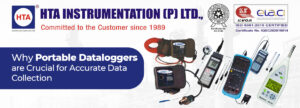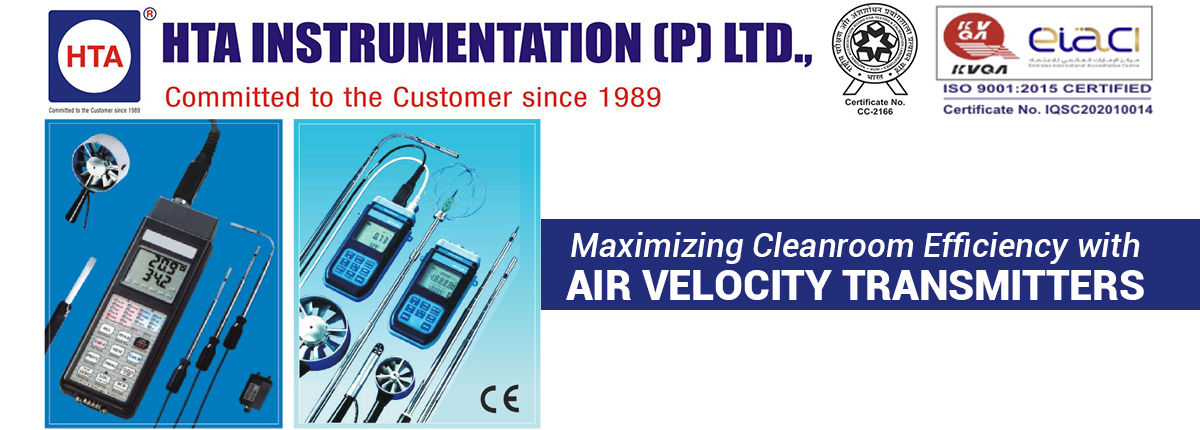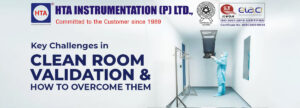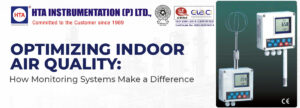
Why Portable Dataloggers are Crucial for Accurate Data Collection
Portable dataloggers are essential in various industries where precise data collection and monitoring are necessary for quality and safety. At HTA Instrumentation (P) Ltd., we

In the highly regulated industries of pharmaceuticals, biotechnology, electronics, and
aerospace, maintaining cleanroom integrity is paramount. Even the smallest particles
can contaminate sensitive processes, leading to costly production delays or
compromised product quality. To ensure the cleanliness and integrity of these critical
environments, industries rely on sophisticated monitoring systems, with air velocity
transmitters playing a crucial role.
Air velocity transmitters are advanced devices designed to measure the speed and
direction of airflow within cleanrooms and controlled environments. These
transmitters are equipped with sensors that detect even the slightest variations in
airflow, allowing for precise monitoring and control. By providing real-time data on
airflow conditions, air velocity transmitters help ensure that cleanrooms operate at
optimal efficiency.
The integration of air velocity transmitters into cleanroom monitoring systems
involves several key steps:
Air velocity transmitters play a crucial role in maintaining the cleanliness and integrity
of cleanroom environments. By providing accurate measurements of airflow
conditions, these devices help optimize airflow, reduce energy consumption, and
ensure compliance with regulatory requirements. As cleanroom operations continue
to evolve, air velocity transmitters will remain essential tools for maximizing efficiency
and ensuring product quality in critical industries.

Portable dataloggers are essential in various industries where precise data collection and monitoring are necessary for quality and safety. At HTA Instrumentation (P) Ltd., we

Clean room validation is crucial in industries where controlled environments are essential, such as healthcare, pharmaceuticals, and biotechnology. HTA Instrumentation P Ltd specializes in clean

In today’s fast-paced world, maintaining a healthy indoor environment is more important than ever. Indoor air quality (IAQ) directly affects the health, comfort, and productivity

In today’s world, sound measurement and monitoring play a crucial role in industries ranging from environmental testing to workplace safety. A Sound Level Data Logger
